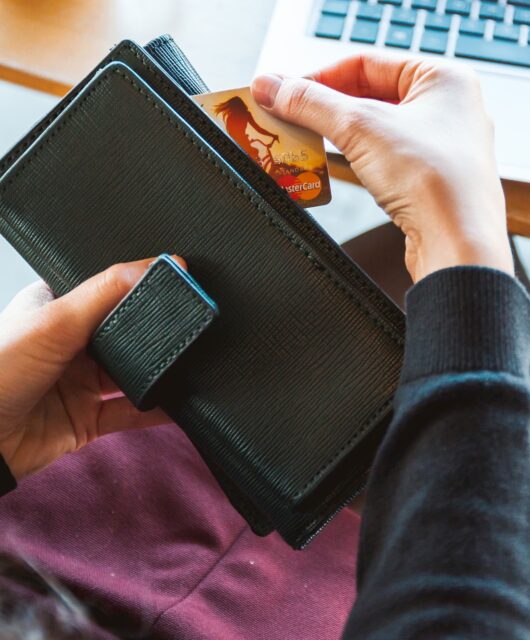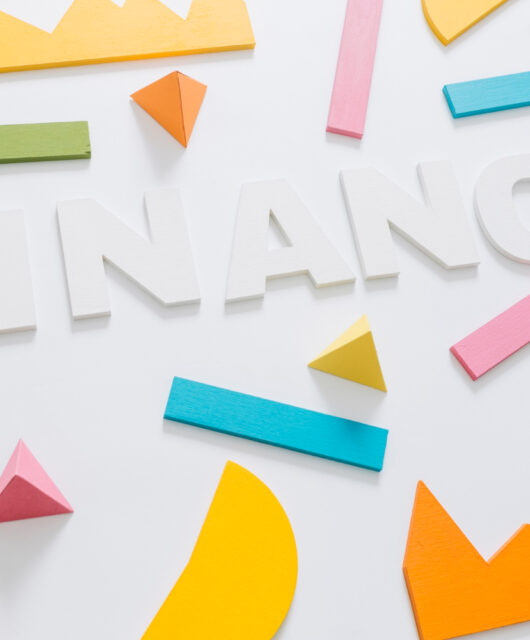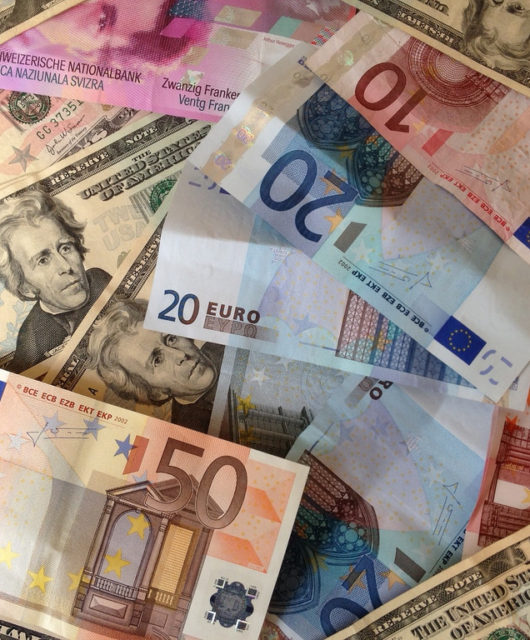Ways Your Credit Card Can Help When Money is Tight
 It is difficult enough to cope with an unexpected, devastating financial case, such as a fall in your working hours. It can be even more daunting to do so in the middle of a global pandemic. Even if that’s where you are in your business today, or you’re scared that you might soon be, wisely using your credit cards will help you get through.
It is difficult enough to cope with an unexpected, devastating financial case, such as a fall in your working hours. It can be even more daunting to do so in the middle of a global pandemic. Even if that’s where you are in your business today, or you’re scared that you might soon be, wisely using your credit cards will help you get through.
Credit cards will only sustain you for so long. The loans would finally have to be repaid, and they aren’t a workaround to a prolonged income deficit. Yet when you face a short-term interruption to your earning capacity – loss of tips, reduction in hours, or temporary layoff – they can be a practical way to weather the storm while cutting costs. Here’s how.
Preserving cash
If you have little cash available, you may need it for important costs, such as rent or mortgage payments or, in some situations, utilities, that you cannot pay with a credit card. Using a credit card for other transactions allows you to offset those expenses so that you can keep your cash balances running longer.
For a fact, taking debt from month to month requires paying interest, and this flexibility comes at a cost. Nevertheless, if you have paid your credit card payments in full, you can get more interest-free time by taking advantage of the grace period.
When you pay off the whole balance of your account, new purchases won’t start accumulating interest until the due date of the next statement. That ensures that between making a payment and paying it back, you will get 50 or more interest-free days: the 30 or so days of a normal billing period plus the 21 or 25 days between the completion of the month and the due date.
What to Know
Grace periods come with certain limits. These only apply to purchases, not to bank transfers or cash advances, which usually accrue interest immediately. If in the previous billing process you did not settle your balances in full, there will be no grace period. Purchases will accrue interest from the day they are made unless you have a 0% APR offer.
Buying time, sometimes at 0%
In a recession, income will plunge off a cliff without notice as spending continues to mount up. Credit cards can disperse the effect, “flatten your spending curve” and allow you room to adapt. This can especially blunt the impact from one-time or occasional costs that you would otherwise have paid all at once, like a maintenance bill.
However, it is not desirable to bear credit card balances at high-interest rates. Interest payments will pile up over time and make it more difficult to finance the debt. If you have decent credit, consider getting a credit card on transactions with an attractive 0% APR offer; all of these have interest-free terms of one year or longer.
What to Know
Even with a 0% APR credit card, you will still have to pay at least the minimum each month. In fact, to apply for a card with an attractive 0% APR discount on transactions, you would still require decent or outstanding credit (credit scores of 690 or greater). If you do not qualify for a 0% apr card, you will have to pay normal interest rates, which will contribute to the debt.
Reducing the cost of existing debt
High-interest debt such as old credit card accounts can spiral out of control when liquidity is scarce. The interest rates can be so high in some situations that paying even the minimum barely makes a difference in the balances.
Consider a balance transfer to switch debt to a card of 0% APR to put the brakes on interest rates. With that, you might get a year or so to pay this interest-free debt off. That allows you the freedom to focus on more urgent short-term financial commitments.
What to Know
To apply for the best balance-transfer cards, you usually require outstanding credit ratings. Typically transferring debt isn’t free; most credit cards charge 3% to 5% balance-transfer fees. In fact, issuers also sell matching packages to current cardholders.









